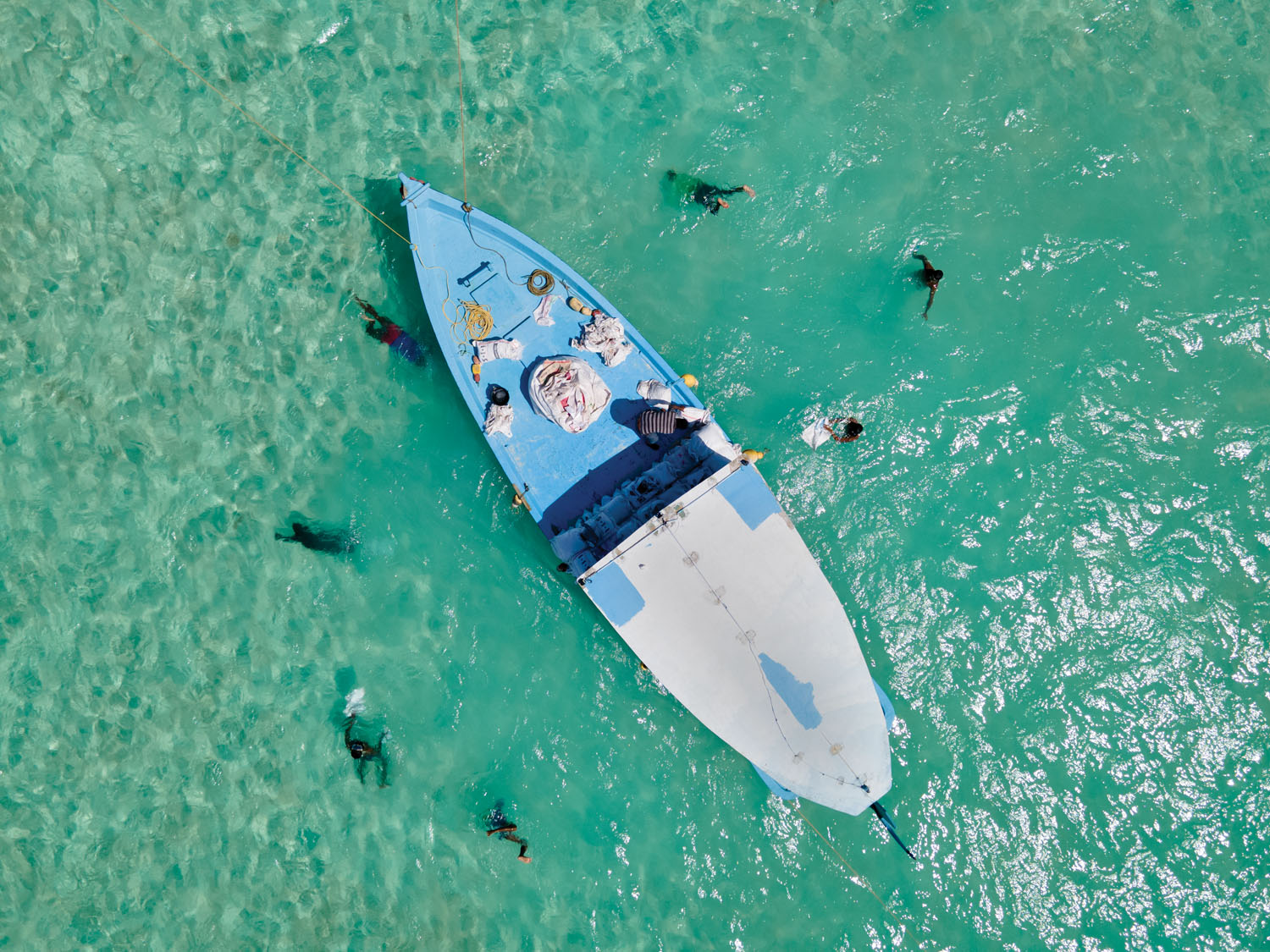Image


You should really subscribe now!
Or login if you already have a subscription.
Mathias Depardon’s photographs have been exhibited at such institutions as the BNF, Le Musée Carnavalet, and the Musée des Archives Nationale in Paris. His work has appeared in National Geographic, Le Monde, and the Sunday Times Magazine, among others.